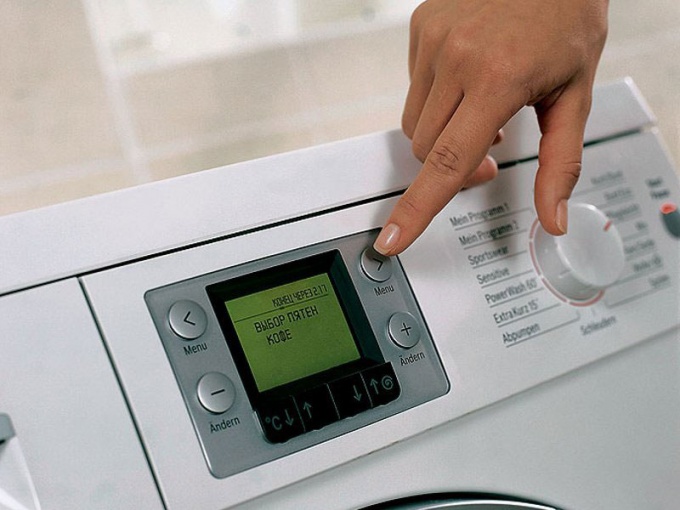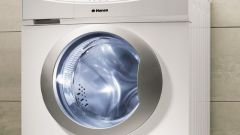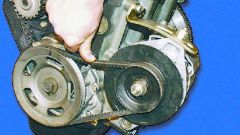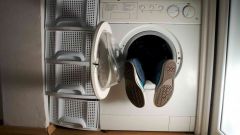You will need
- - plywood;
- tools;
- - liquid nails;
- - dowels.
Instruction
1
First, check the surface on which you installed your washer. If the floor is uneven - whether it is at least tile, even concrete - in any case, the appliance will not rise as expected. This means that at the slightest vibration the machine will jump and move. If this is your case, then make sure to align the floor. And then the actual washing device to adjust will not have to.
2
If you have a smooth floor, look at how he stood up the legs of the washing machine. To do this gently and without much enthusiasm, try a little to sway the car back and forth. You can try to monoklonale it from side to side. This will help you to understand what legs need adjusting.
3
Now proceed directly to adjustment. To do this, the legs, which is necessary, slightly loosen the washer and turn the leg clockwise or counterclockwise. This will be its adjustment. To understand, exactly you have now are the legs, use the water level. If you made the correct adjustment, the bubble should be exactly in the center. To measure center place on top of the washing machine. If everything is in order, tighten the washer; if not - repeat scroll again, carefully choosing his desired position.
4
For alignment and adjustment of certain types of washing machines you may need an additional device. Take a sheet of plywood and cut it from the billet to create a small platform. Then gather it and attach to the floor using dowels, you can "put" it on the liquid nails. But it should be done in the area of the mounting locations of all existing structures.
5
There is also a popular method of how to adjust the washing machine's level. Clean the floor under the appliance is very sweet water and immediately put in a place a unit. He should firmly stick to the surface. Method, of course, somewhat questionable. But those who have tried to do so, I assure you that it works.





